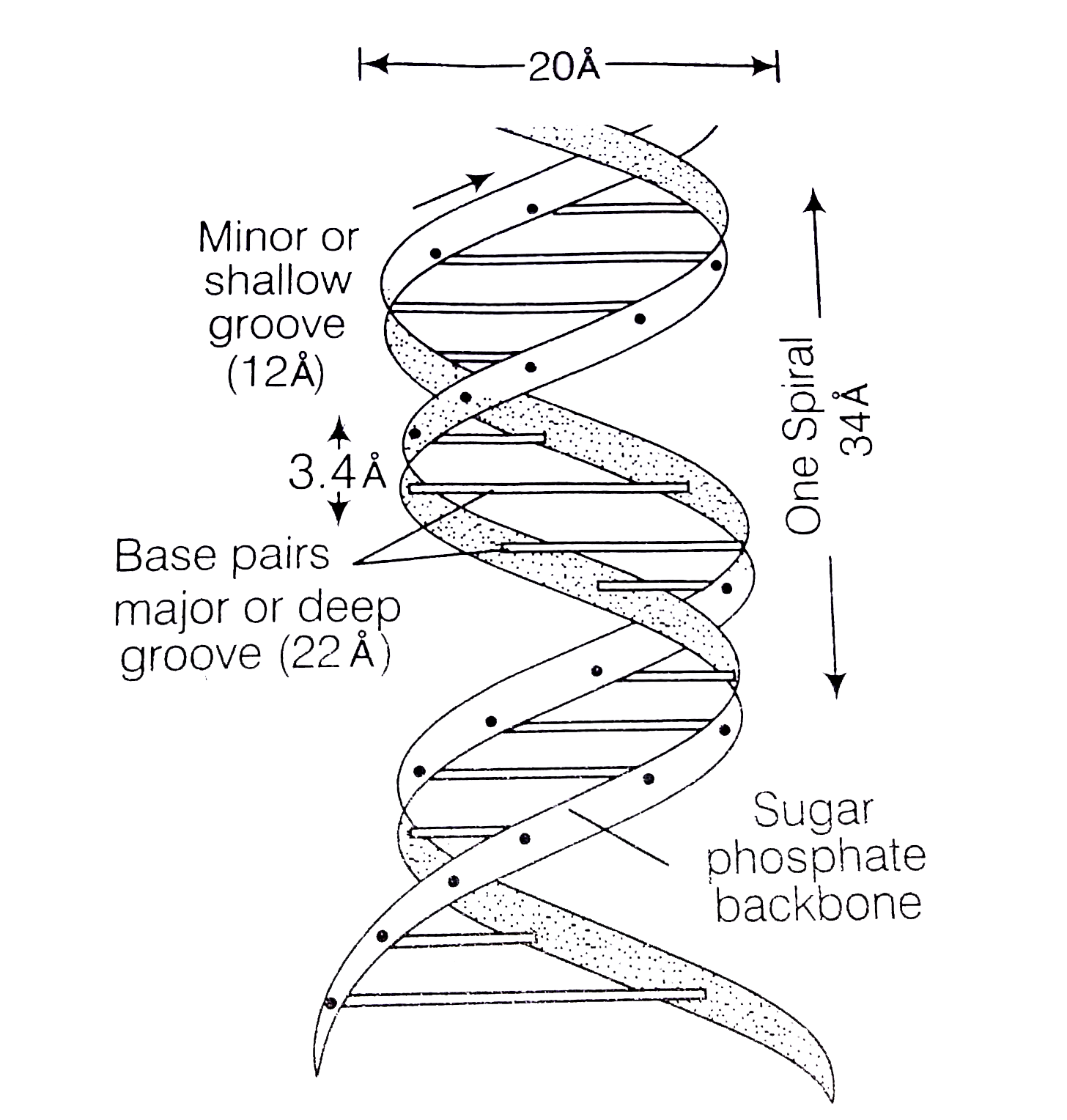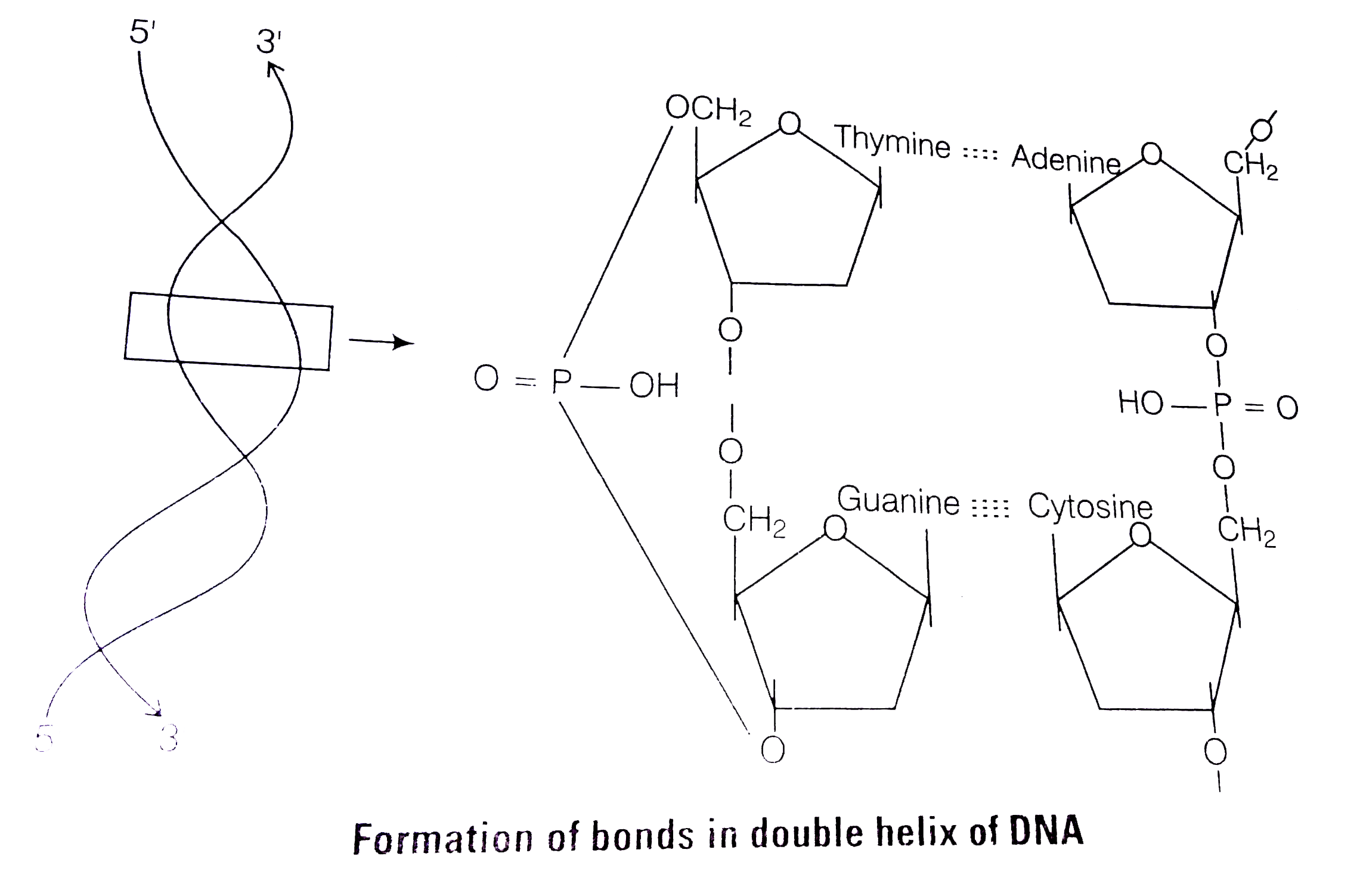Text Solution
Verified by Experts
|
Topper's Solved these Questions
BIOMOLECULES
NCERT EXEMPLAR|Exercise Short Answer Type Questions|5 VideosView PlaylistBIOLOGICAL CLASSIFICATION
NCERT EXEMPLAR|Exercise Long answer|5 VideosView PlaylistBody Fluids and Circulation
NCERT EXEMPLAR|Exercise LONG ANSWER TYPE Q|5 VideosView Playlist
Similar Questions
Explore conceptually related problems
Knowledge Check
A
B
C
D
Submit
A
B
C
D
Submit
A
B
C
D
Submit
Similar Questions
Explore conceptually related problems
NCERT EXEMPLAR-BIOMOLECULES -Long Answer Type Questions
- Formation of Enzyme substrate complex (ES) is the first step in the ca...
03:39
|
Play - What are different classes of enzymes? Explain any two with the type o...
16:18
|
Play - Nucleic acid exhibit secondary structure. Describe through Watson-Cric...
01:46
|
Playing Now - What is the difference between a nucleotide and nucleoside ? Give two ...
03:30
|
Play - Describe various forms of lipid with a few examples.
Text Solution
|
Play

